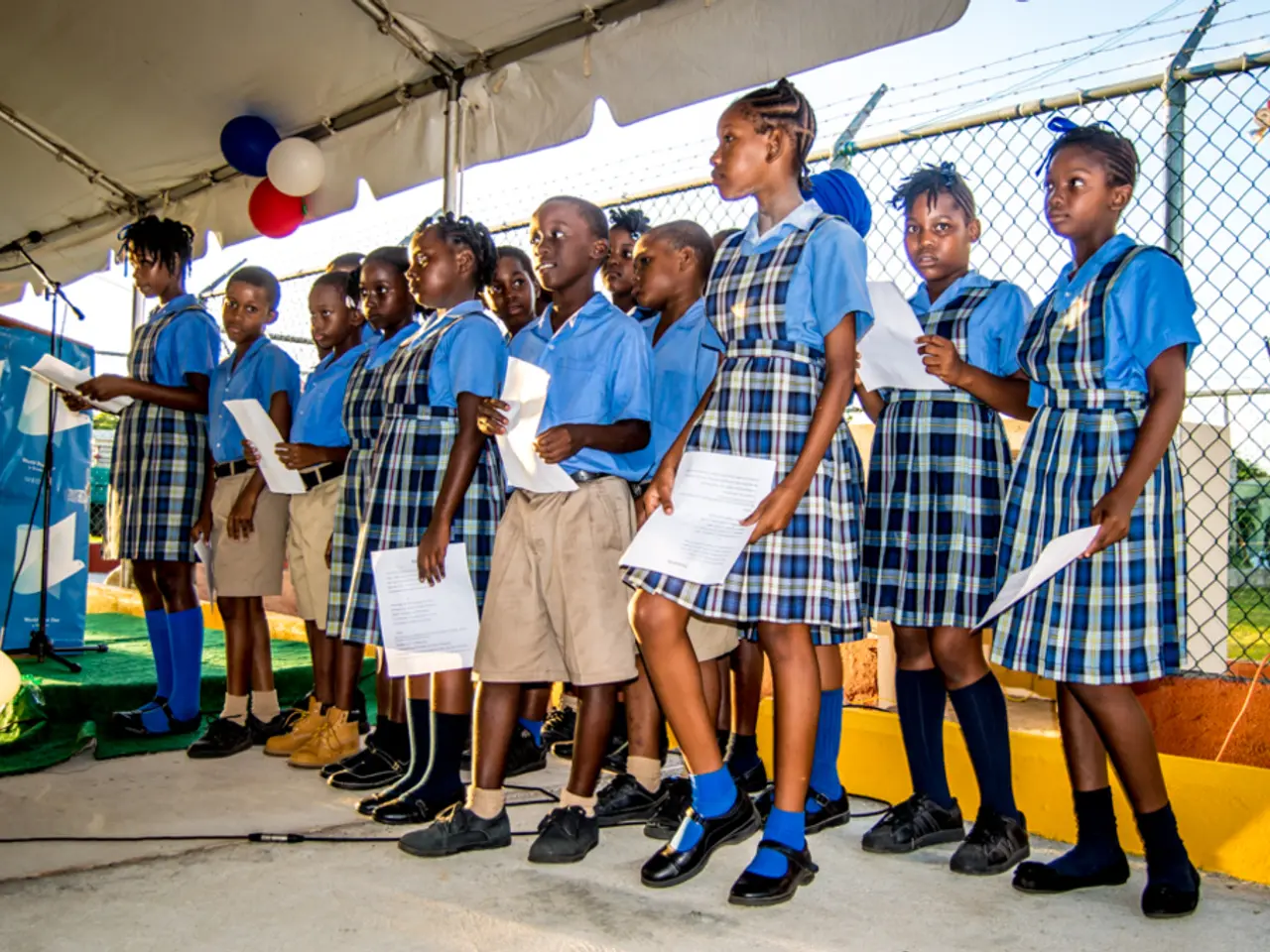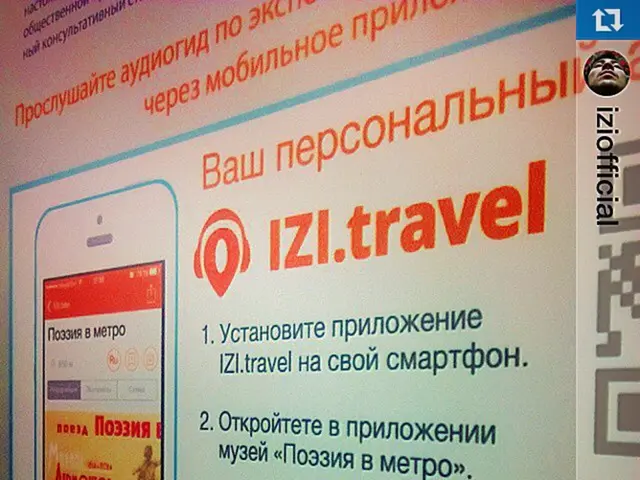Anticipated substantial drop in the count of high school graduates in Saxony – as suggested by GEW and educators' union
In the upcoming school year, Saxony aims to significantly reduce lesson cancellations, as the state grapples with a teacher shortage that has been exacerbated by rising student enrollments and challenges in recruiting qualified educators.
To address this issue, Saxony has implemented a multifaceted approach. The state has increased recruitment efforts and provided incentives to attract more teacher candidates into shortage subjects and regions. Additionally, they have expanded teacher training capacities and offered targeted professional development to prepare new teachers effectively.
Temporary support measures have also been put in place, such as hiring retired teachers or qualified professionals from other fields to fill gaps. Saxony has also promoted alternative certification paths for career changers to enter the teaching profession more quickly.
The teacher shortage is particularly acute in STEM (science, technology, engineering, and math), special education, and certain rural areas, reflecting broader trends in Germany’s education system.
School enrollment for the new school year, which began on August 11, 2025, saw around 37,000 first-graders, a number that is approximately 3,500 fewer than the previous year. Despite this decrease, the growing student population intensifies the demand for teachers.
To support teachers, Saxony has introduced several new tools. All teaching staff can now use a KI assistant named KAI, developed by Saxony itself. The state has also purchased a license for the platform "Bettermarks", which analyzes learning progress and offers tailored tasks for students.
However, the Education and Science Union (GEW) and the Saxon Teachers' Association (SLV) have expressed concerns. The GEW warns of a "dual crisis" in the new school year, citing both teacher shortages and budget cuts. The SLV criticizes a radical deployment strategy that disrupts functioning teams and workflows.
The SLV advises teachers to pay close attention to their health and labor law provisions. The GEW estimates that more than 4,000 additional teachers would be needed to ensure full instructional coverage.
Despite these challenges, Saxony continues to focus on the security of instruction, digitalization, and further school development in the new school year. Updated teaching plans are now in effect for German and mathematics, taking into account nationwide binding educational standards. A pilot project for interdisciplinary teaching will also be implemented.
The teacher shortage is not unique to Saxony. Similar issues are being faced in Saxony-Anhalt and Thuringia. The number of students will increase by 10,000 to approximately 534,000 in the new school year.
As the new school year begins, Saxony continues to work towards ensuring a quality education for all students, despite the ongoing challenges posed by teacher shortages. The GEW, however, warns that the Ministry of Education is focusing on the quantity of instruction rather than the quality of education. The debate continues as Saxony navigates these complex issues.
- In light of the ongoing teacher shortage, the Educational and Self-Development department in Saxony is striving to maintain quality education, while simultaneously addressing political concerns raised by the General News outlets, such as the GEW and SLV.
- The recent teacher shortage in education-and-self-development sectors, including STEM, special education, and certain rural areas, has led to debates on the balance between quantity of instruction and the quality of education, as highlighted in the discourse between Saxony's Ministry of Education and the Education and Science Union (GEW).




